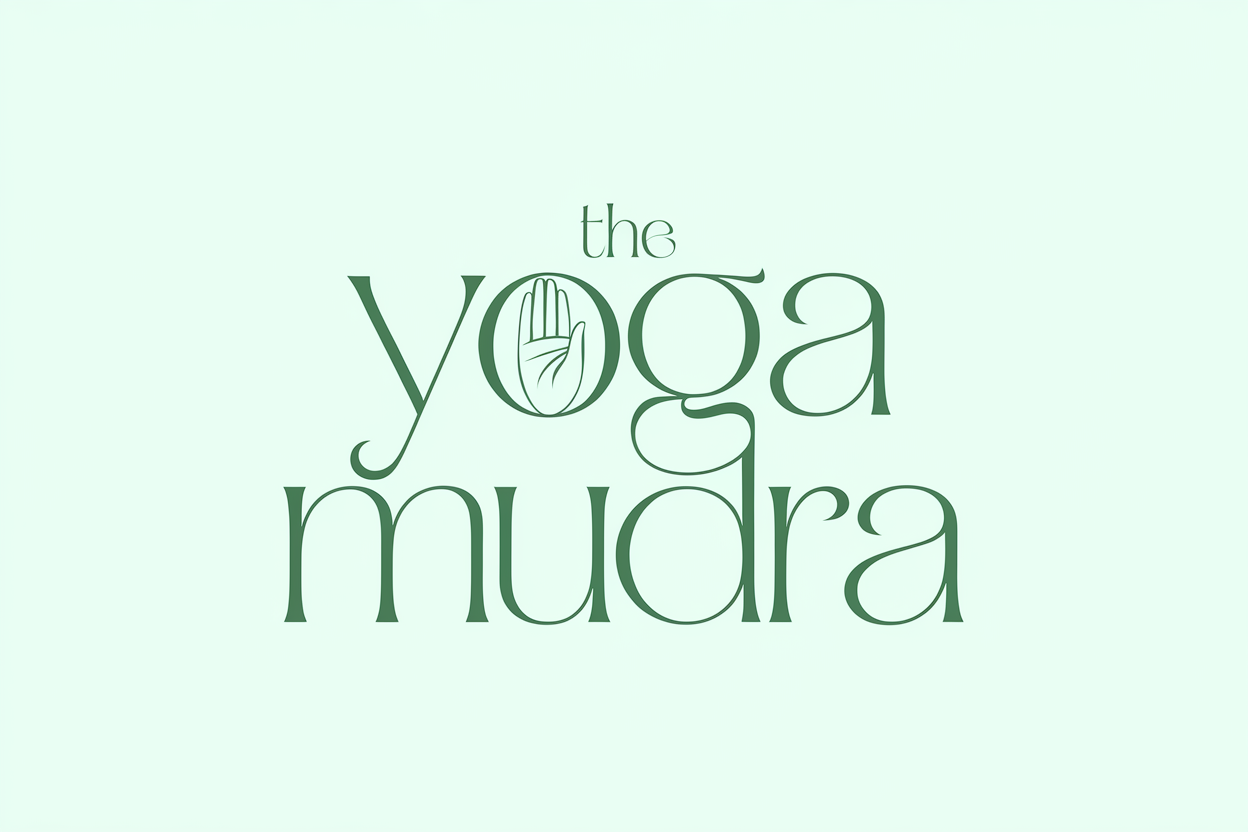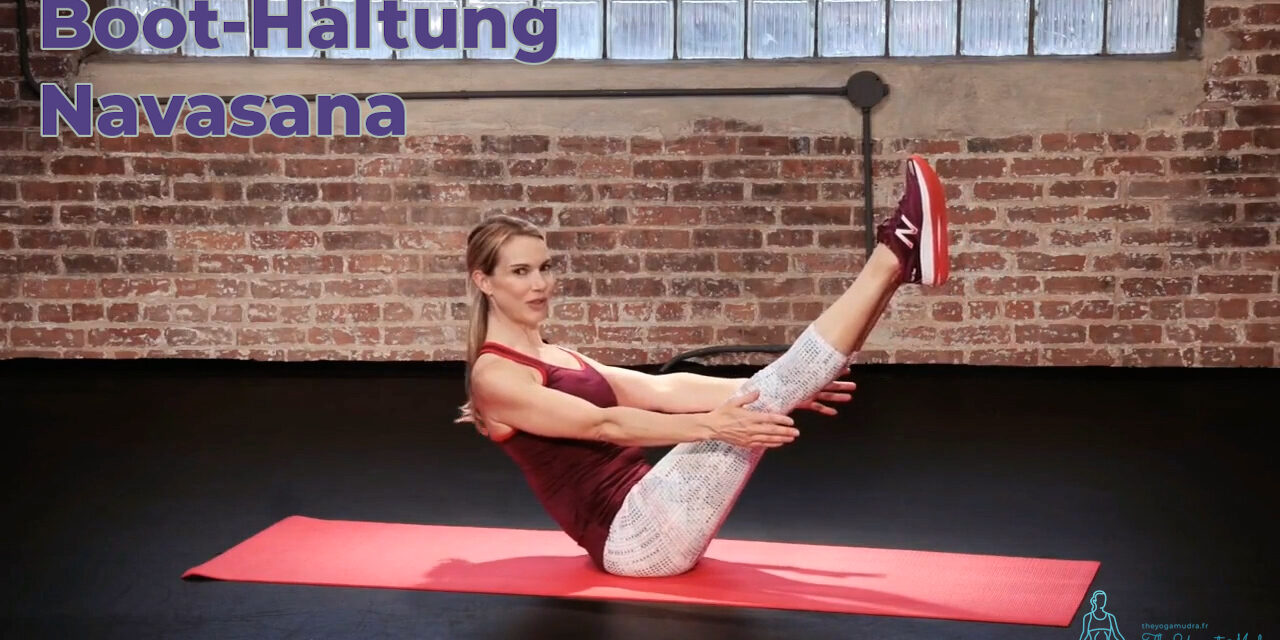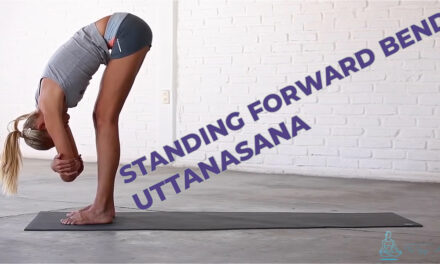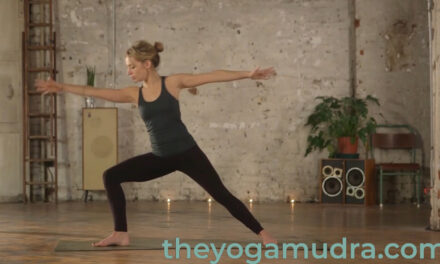Understanding Boat Pose
Boat Pose, known as Navasana in Sanskrit, is a seated balancing posture that strengthens both body and mind. This powerful asana primarily targets the core and abdominal muscles while developing focus and determination.
Benefits of Navasana
Practicing Boat Pose regularly provides numerous physical and mental benefits. It strengthens the deep and superficial abdominal muscles, improves posture and balance, and tones the lower back muscles and spine. The pose also stimulates digestive organs, develops concentration and mental fortitude, strengthens hip and thigh muscles, and enhances body awareness.
Step-by-Step Instructions
Initial Position Begin by sitting on your mat with legs extended in front of you. Maintain an elongated spine with a straight back, and place your hands flat on the floor beside your hips.
Elevation Phase Take a deep breath and lean slightly backward while keeping your back straight. Slowly lift your legs off the ground, maintaining straight knees. Position your legs at approximately 45 degrees to the floor.
Final Position Lift your arms from the floor and extend them parallel to the ground. Maintain your torso and legs in a V-shape position, with your body now resembling a boat. Keep your toes at eye level.
Breathing and Hold
Practice calm, deep breathing while maintaining the pose for 30 seconds to one minute. Focus on your center of gravity while keeping your back straight and chest open.
Modifications for Different Skill Levels
Beginner Adaptations New practitioners should consider keeping their knees bent, maintaining hand contact with the floor for stability, and practicing in short intervals of 10-15 seconds.
Advanced Variations Experienced practitioners can incorporate leg movements, extend hold times, and practice with closed eyes for additional challenge.
Discover the power of yoga to transform your body, calm your mind, and redefine your daily life — even if you're just starting today.
Dive into an inner journey with this complete and gentle book, designed to introduce you to yoga in a simple and authentic way. Accessible to all, rich in ancestral techniques and practical advice, it helps you cultivate strength, serenity, and mental clarity in your daily life. Let yoga return to what it has always been: a philosophy of life, within your reach.
Safety Considerations
This pose should be avoided by individuals with acute lower back problems, herniated discs, pregnancy, severe cervical issues, or uncontrolled hypertension.
Practice Optimization
Preparation Properly warm up your abdominal muscles and back before attempting the pose. Practice after hip-opening poses and ensure you have an empty stomach.
Alignment Principles Maintain proper spinal alignment, engage your core muscles, and keep your shoulders relaxed and down.
Progressive Development Start with modified versions and gradually increase duration. Focus on proper breathing technique before perfecting the form.
Integration Into Your Practice
Navasana complements strength-building sequences, morning practices, balance pose series, and dynamic flow sequences.
Conclusion
Boat Pose exemplifies the mind-body connection in yoga practice. It combines physical strength with mental focus, offering lasting benefits for both your yoga practice and daily life.






